According to experts, Long Bien Bridge is an important historical and cultural symbol of Hanoi. Repairing and preserving the bridge requires considering many factors to achieve long-term effectiveness while still maintaining its heritage value.
Serious degradation
In recent days, when traveling through Long Bien Bridge in Hanoi, everyone has noticed a sign that clearly states: "Only motorbikes are allowed, absolutely no cars or three-wheeled vehicles." The sign was erected by the authorities after growing concerns about the bridge's load-bearing capacity.
According to Giao Thong Newspaper's reporter, except for some steel trusses that were painted with anti-rust paint but only painted at the part that was adjacent to the bridge wall, the rest of the interwoven steel trusses, nearly ten meters high, were still covered in a pitch black color, covered in layers of iron filings.
At platform number 10-TL-N2 from Hanoi to Long Bien, between the two support columns, the braces still have to be tied with wood.
Observing the sleepers that support the train tracks every day, many have cracked, some of the wide cracks have been tied back together by workers with steel wire.
On the bridge surface, it is not difficult to see the cracks, some of which are so wide that road users can see the Red River below. Looking at both sides of the railing, many places are leaning towards the river, the bridge management unit had to use short iron bars to weld to reinforce the bridge floor.
Mr. Vu Hung (Ngoc Lam, Long Bien, Hanoi) said: "The bridge has undergone many repairs but the uneven and cracked surface of the bridge has not been fixed. Every day I have to cross the bridge to go to work, I feel very insecure."
Admitting that Long Bien Bridge has seriously degraded, a representative of the Hanoi Department of Transport said that in many locations where the cross-section is rusted and worn, the bridge management unit regularly performs maintenance and minor repairs. However, there are still many locations that pose potential safety risks.
Notably, this agency said that steel trusses No. 6, 7, 8 of span N1 downstream (Long Bien - inner city direction) are warped, rusted, and have worn cross-section. At girder D3/7, the connecting bars and connecting plates of the main truss are rusted, worn cross-section, very dangerous, affecting the girder structure, with the risk of collapse at any time.
It took 11 months to renovate.
Mr. Nguyen Phi Thuong, Director of Hanoi Department of Transport, said that France has committed to sponsor 700 thousand euros to implement a project to survey and evaluate the current status of Long Bien Bridge and the possibility of renovation.
As the agency assigned to permanently carry out the above task, the Hanoi Department of Transport has just officially submitted the project to the City People's Committee for consideration and approval. Once the project is approved, the support will take effect.
According to Mr. Thuong, the project includes 3 parts. The first part is to survey and evaluate the current status of Long Bien Bridge. The second part is to recommend details and items that need to be repaired in the short term. Finally, the management and exploitation work after the bridge is no longer used for the national railway and the bridge is handed over to Hanoi City.
"The implementation time is in 2024 - 2025, about 11 months for the above 3 components. The authorities will study solutions to restore the bridge to meet safety requirements, while not hindering the project of converting the purpose of using the bridge in the long term.
Long Bien Bridge will also be renovated and upgraded in the surrounding area, especially the overpass connecting Long Bien district and the city center; and the area going up and down the two bridge legs connecting Hoan Kiem district and Long Bien district will be renovated and upgraded," Mr. Thuong informed.
Consider Many Factors When Upgrading
A bridge expert said that Long Bien Bridge is an important historical and cultural symbol of Hanoi. Repairing and preserving the bridge needs to consider many factors to achieve long-term effectiveness while still maintaining its heritage value.
"Before carrying out any major repairs to Long Bien Bridge, it is necessary to comprehensively assess the current condition of the bridge and the extent of damage. In particular, it is necessary to study the original documents and blueprints to understand the original structural elements and design," he said, adding that the bridge repair should try to preserve the original architectural parts instead of completely replacing them. When replacing, compatible materials should be used to maintain aesthetics and history.
The expert also suggested that in the long term, it is possible to study turning Long Bien Bridge into a tourist attraction, organizing cultural and artistic activities on the bridge, creating revenue for maintenance and upkeep.
Previously, the Vietnam Railway Authority reported to the Ministry of Transport, proposing to establish a project to renovate and repair Long Bien Bridge (Hanoi - Dong Dang railway line). Accordingly, the bridge will be reinforced with the main truss system, bridge deck girder system, and lower longitudinal connection system for the French girder system; anti-rust for the upper plated surface, the position of the bottom of the sleeper on span T66 for the T66 girder system. In addition, the bridge will replace some components in the supporting structure, the rusted steel auxiliary pier body; Reinforce, repair and anti-rust the steel pile system structure at the auxiliary piers on the bridge.
Long Bien Bridge was built in 1899 and completed in 1902. During the period 1995 - 2010, Long Bien Bridge was reinforced and repaired with a total investment of 116 billion VND. Then in 2015, the bridge was completely repaired with a total investment of nearly 300 billion VND.
Source: https://www.baogiaothong.vn/dai-tu-cau-long-bien-can-can-nhac-gi-192241205222435318.htm


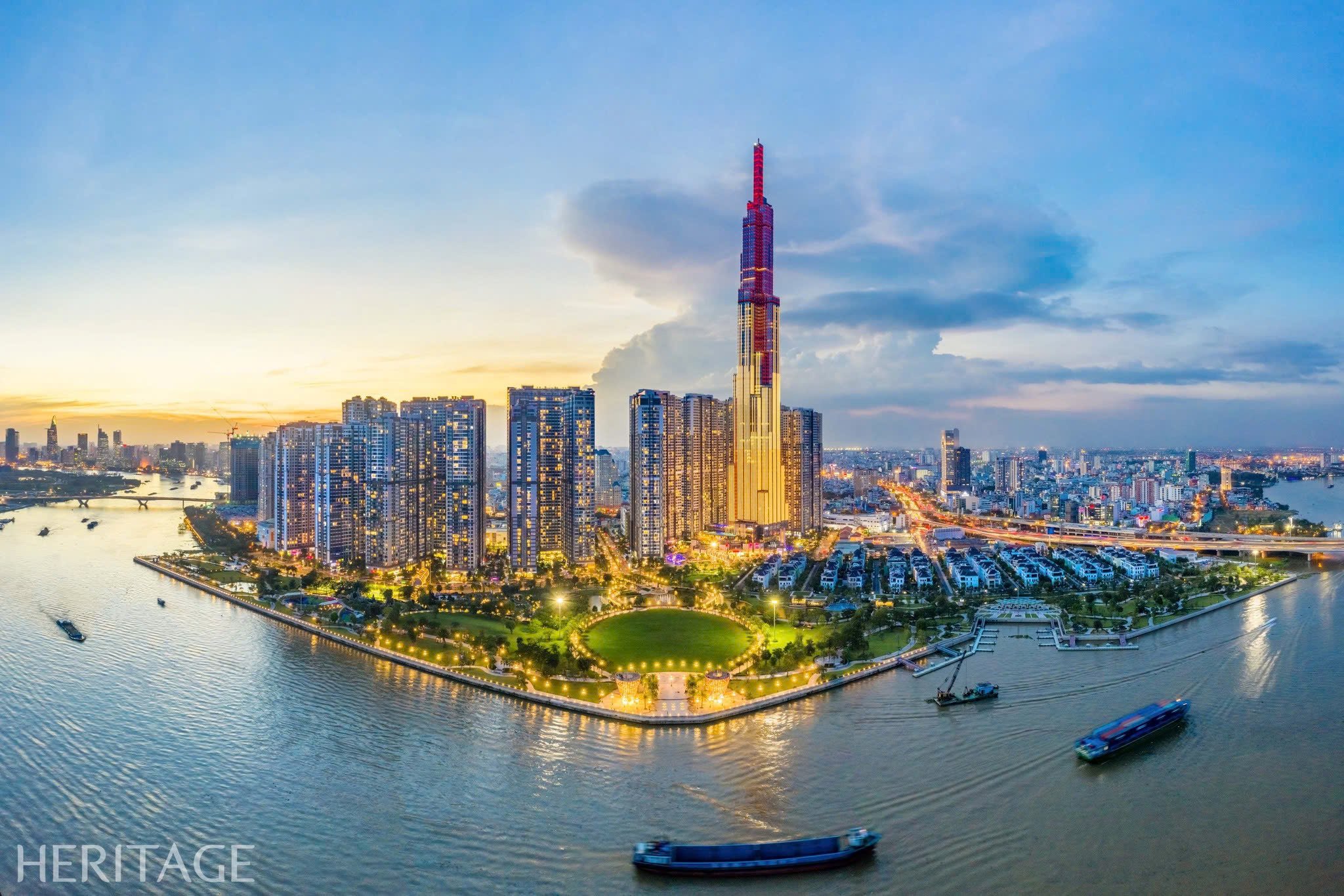
![[Photo] Children's smiles - hope after the earthquake disaster in Myanmar](https://vstatic.vietnam.vn/vietnam/resource/IMAGE/2025/4/14/9fc59328310d43839c4d369d08421cf3)


![[Photo] Opening of the 44th session of the National Assembly Standing Committee](https://vstatic.vietnam.vn/vietnam/resource/IMAGE/2025/4/14/03a1687d4f584352a4b7aa6aa0f73792)
![[Photo] Touching images recreated at the program "Resources for Victory"](https://vstatic.vietnam.vn/vietnam/resource/IMAGE/2025/4/14/99863147ad274f01a9b208519ebc0dd2)




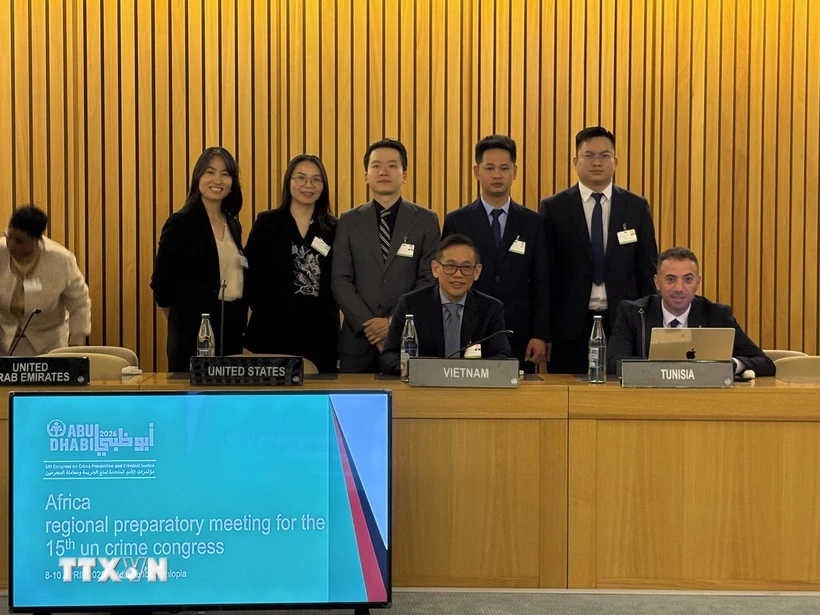




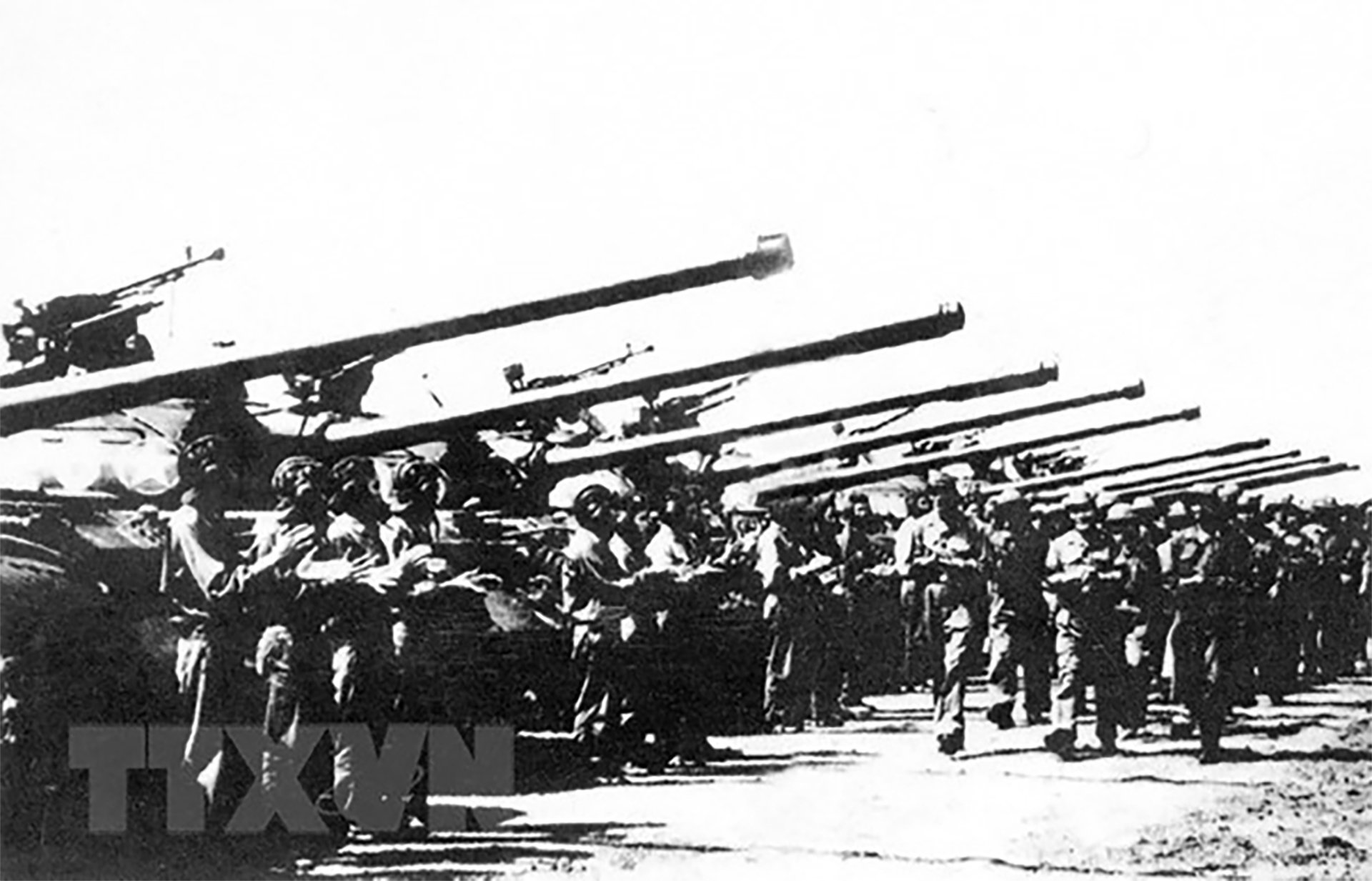

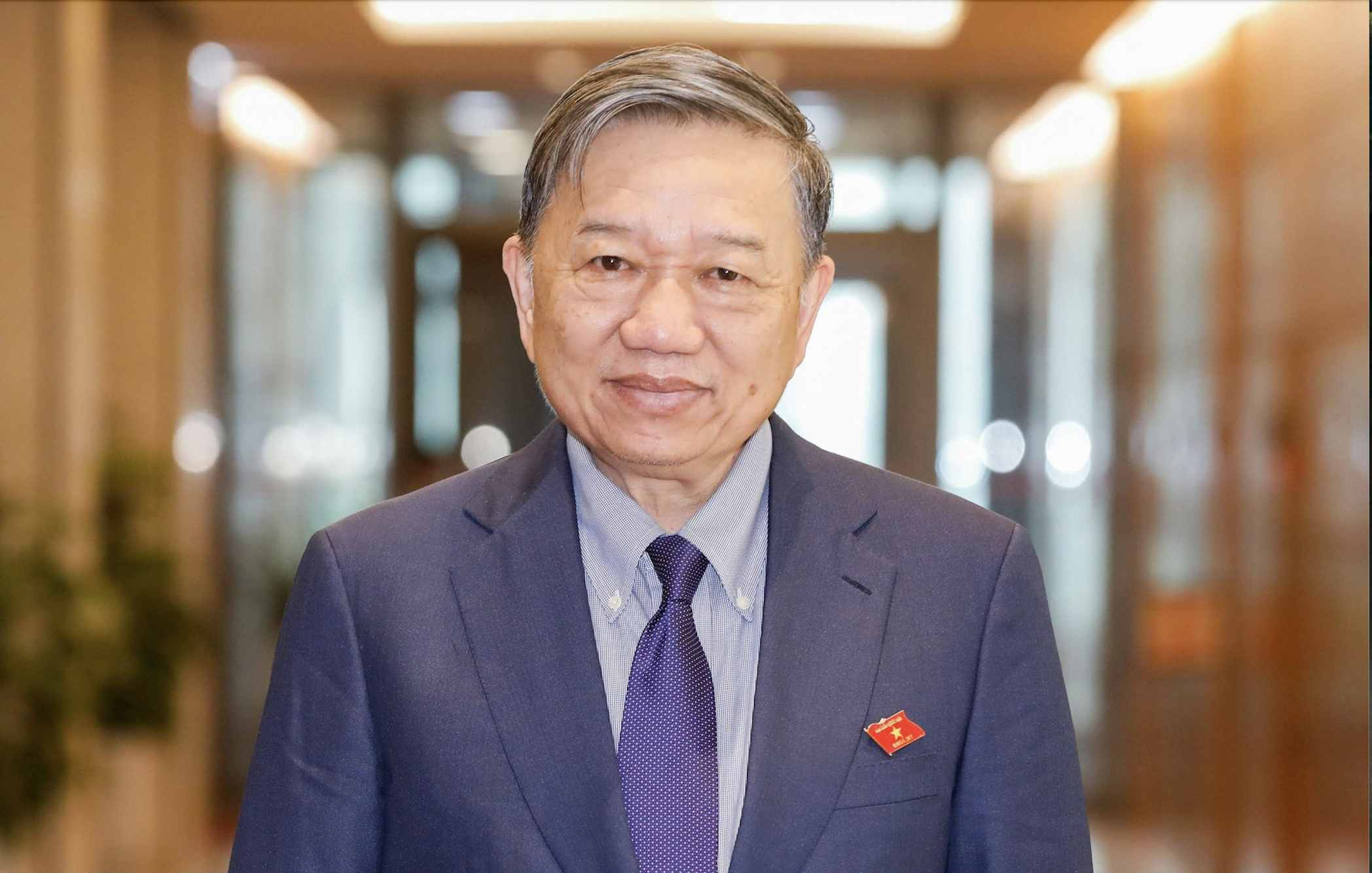
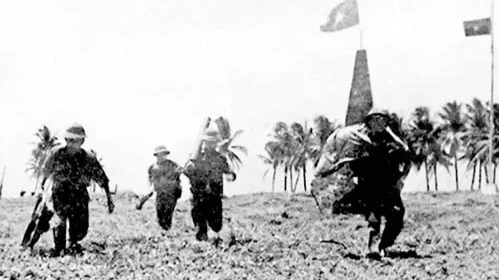
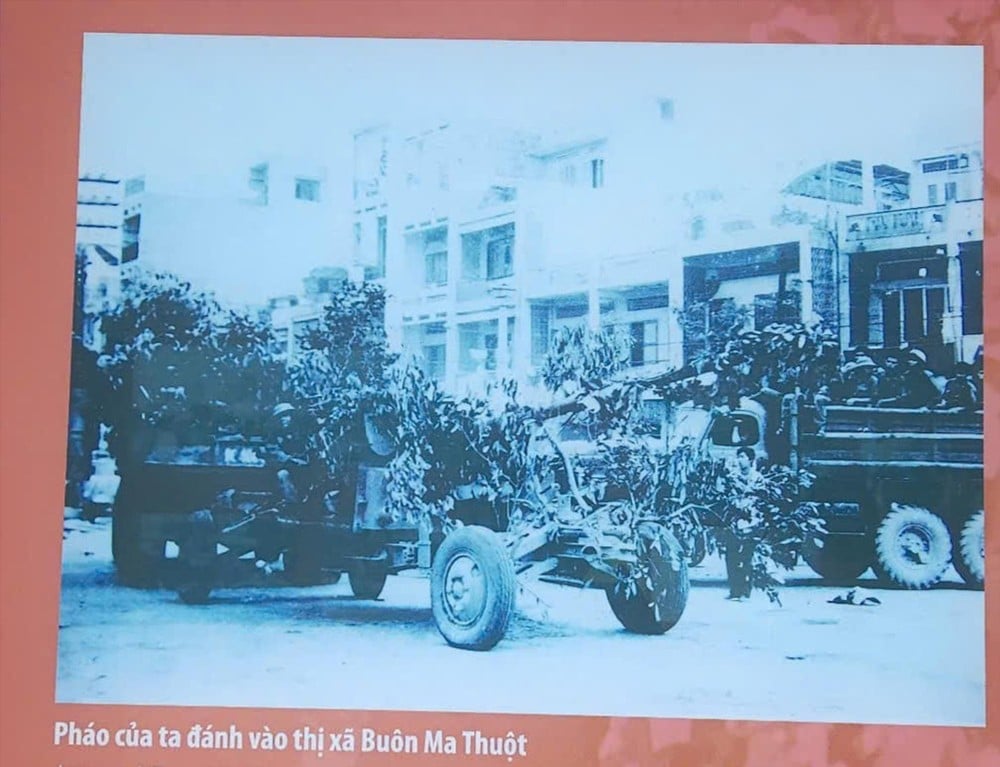


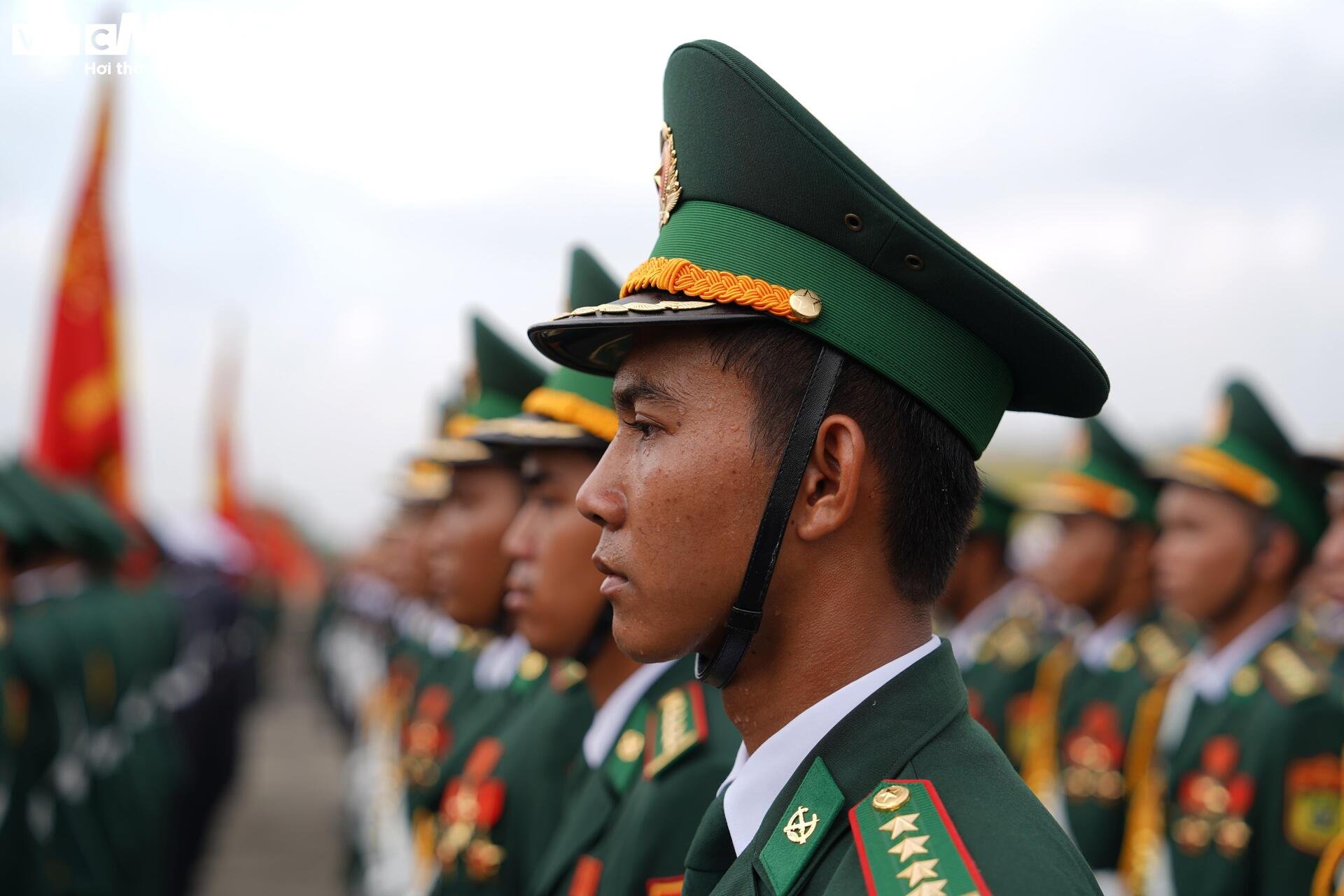







![[Photo] National Assembly Chairman Tran Thanh Man attends the ceremony to celebrate the 1015th anniversary of King Ly Thai To's coronation](https://vstatic.vietnam.vn/vietnam/resource/IMAGE/2025/4/13/6d642c7b8ab34ccc8c769a9ebc02346b)


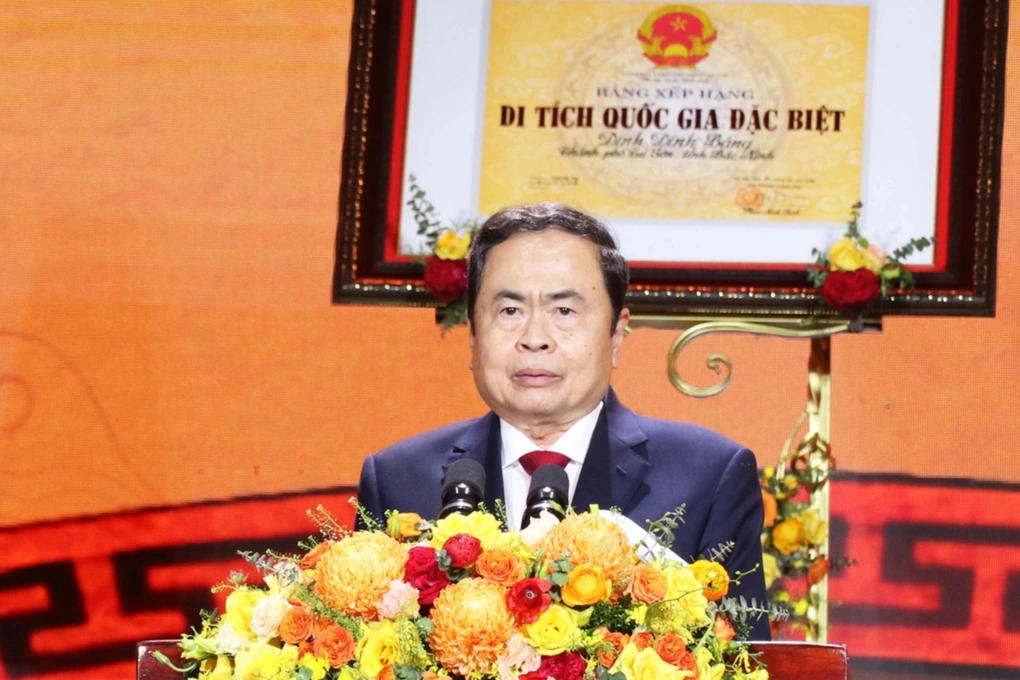










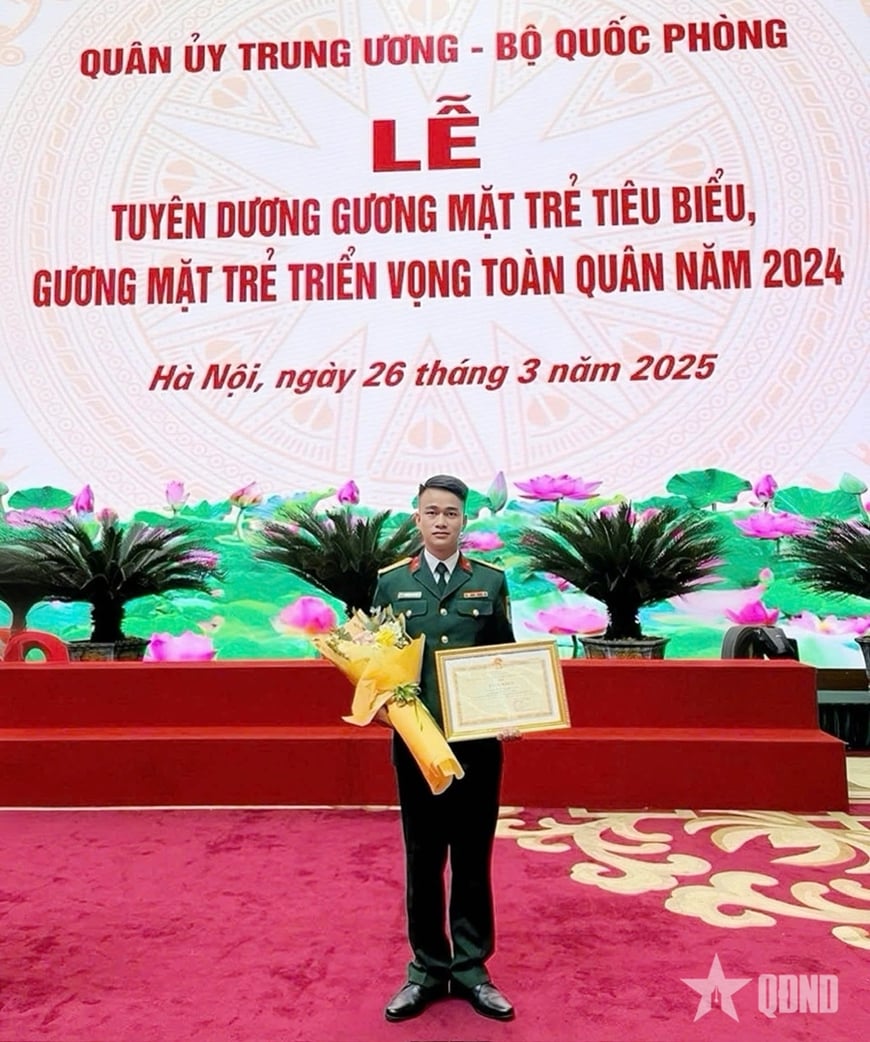
















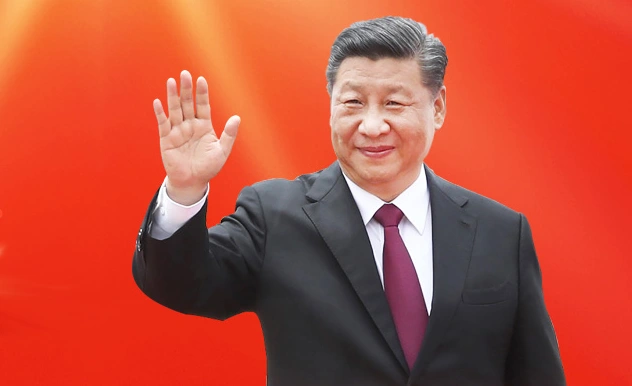
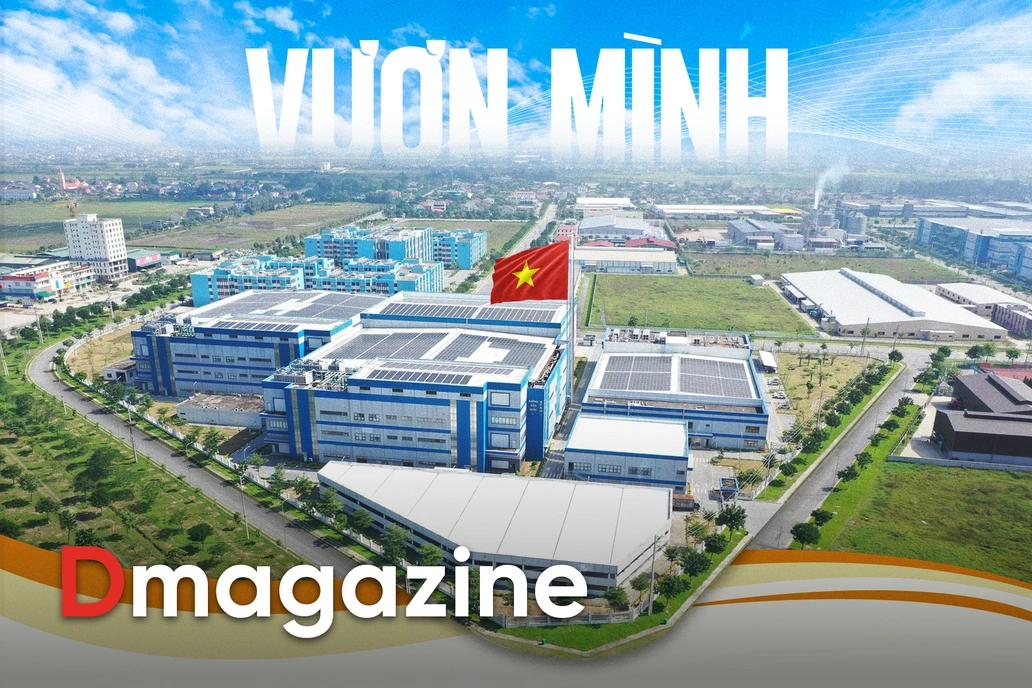
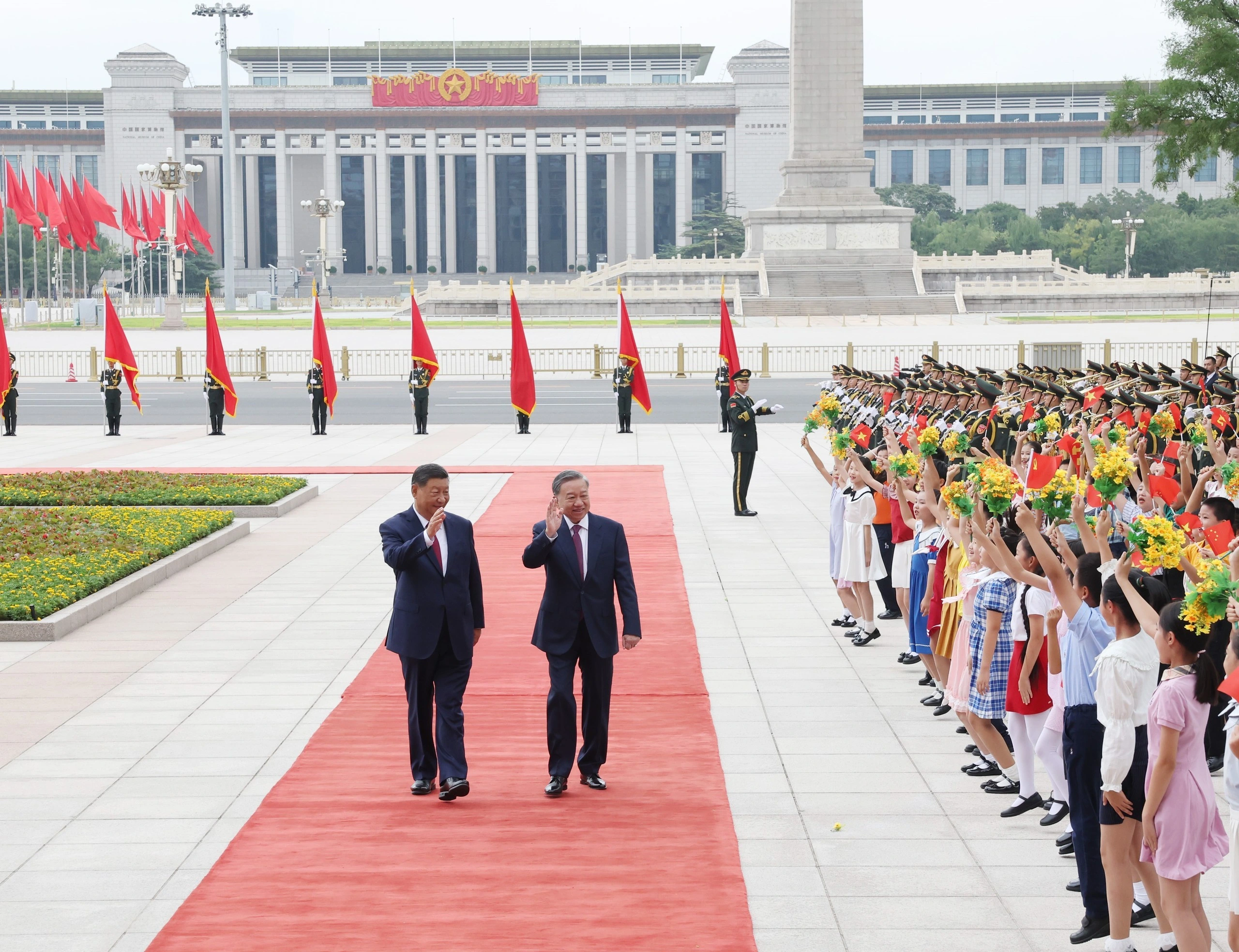





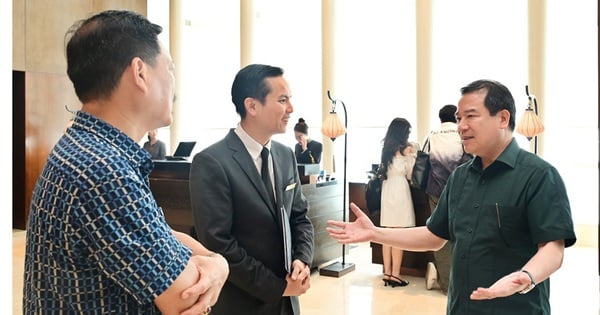
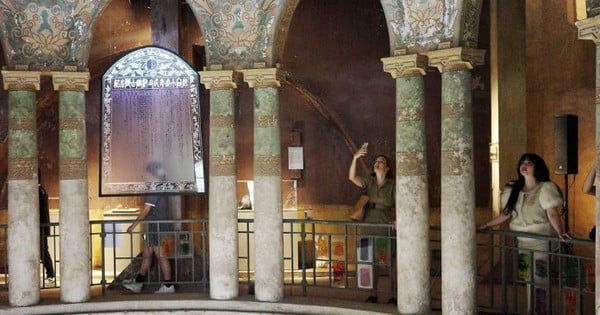
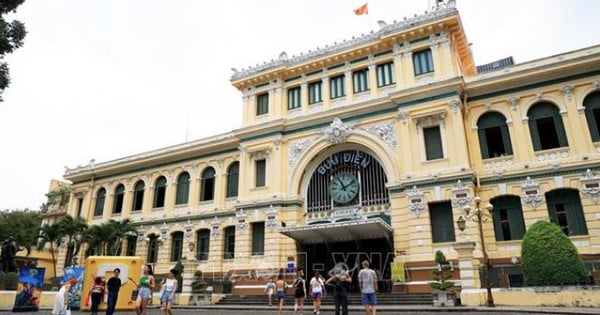


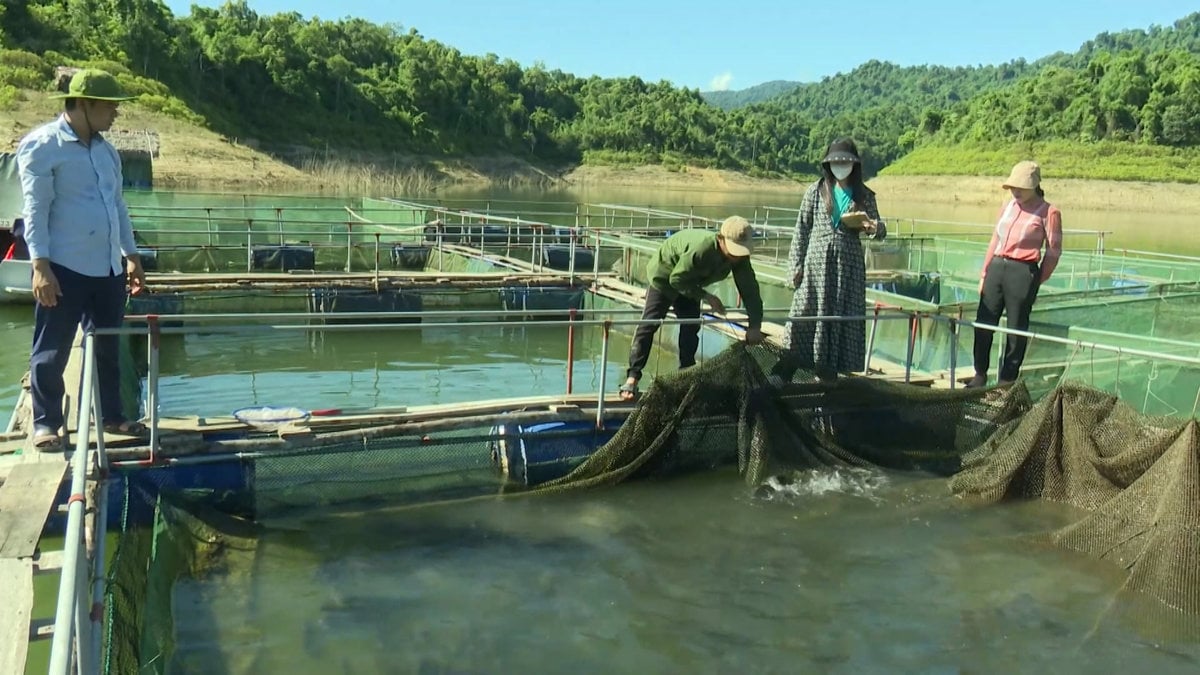
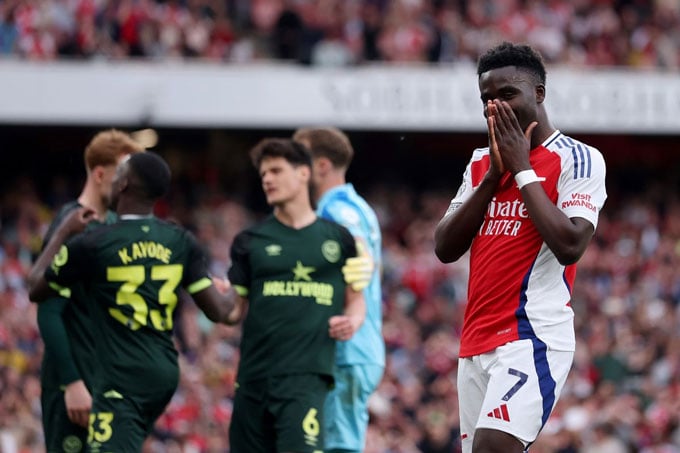

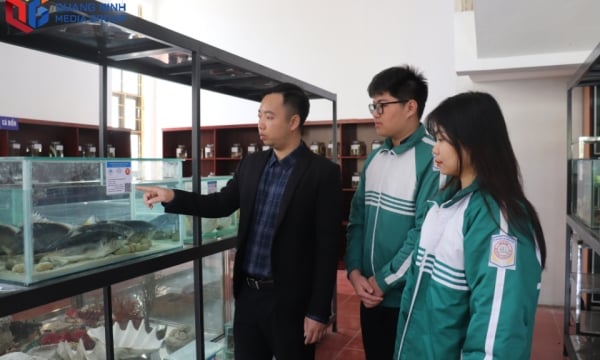



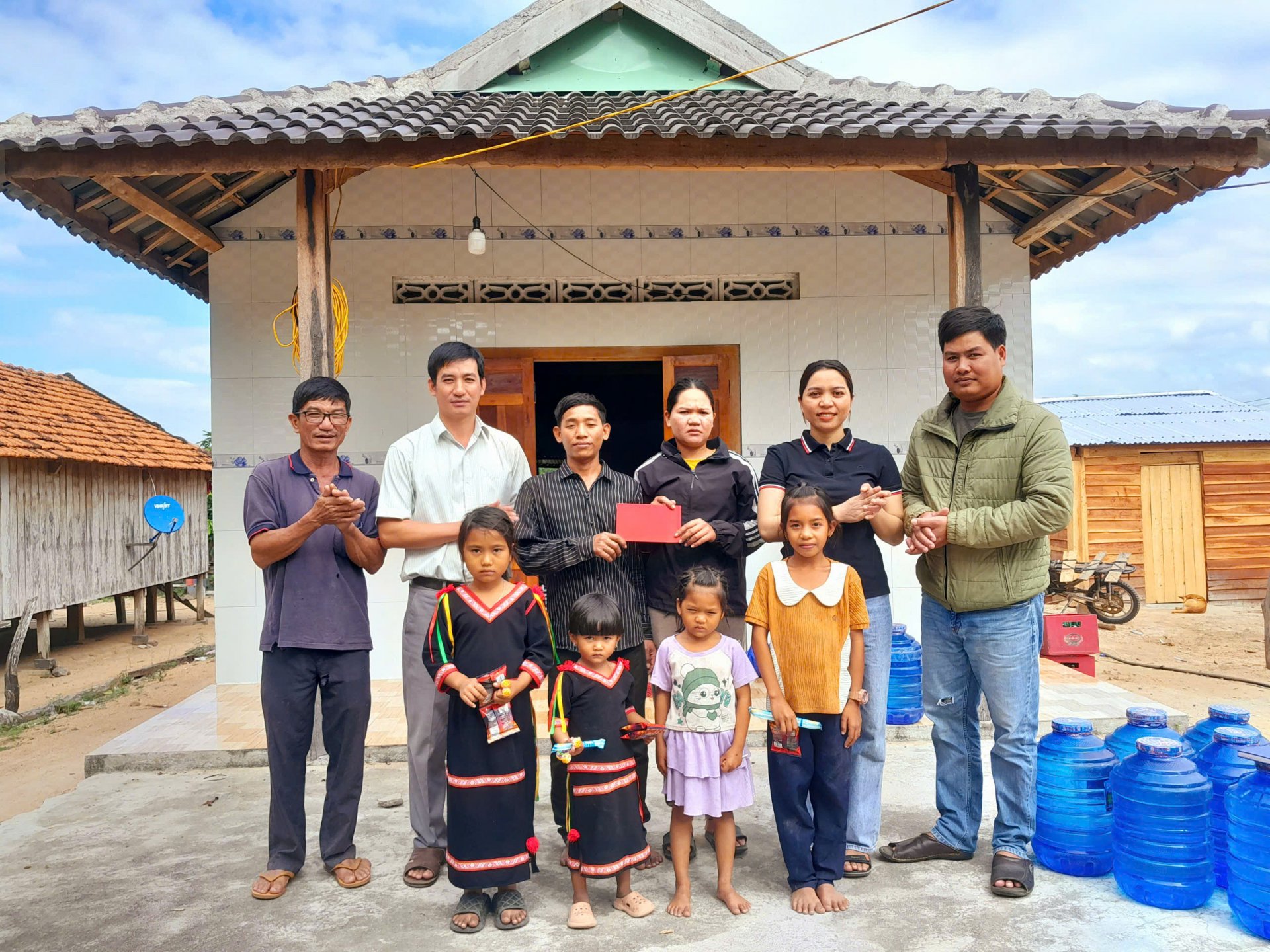
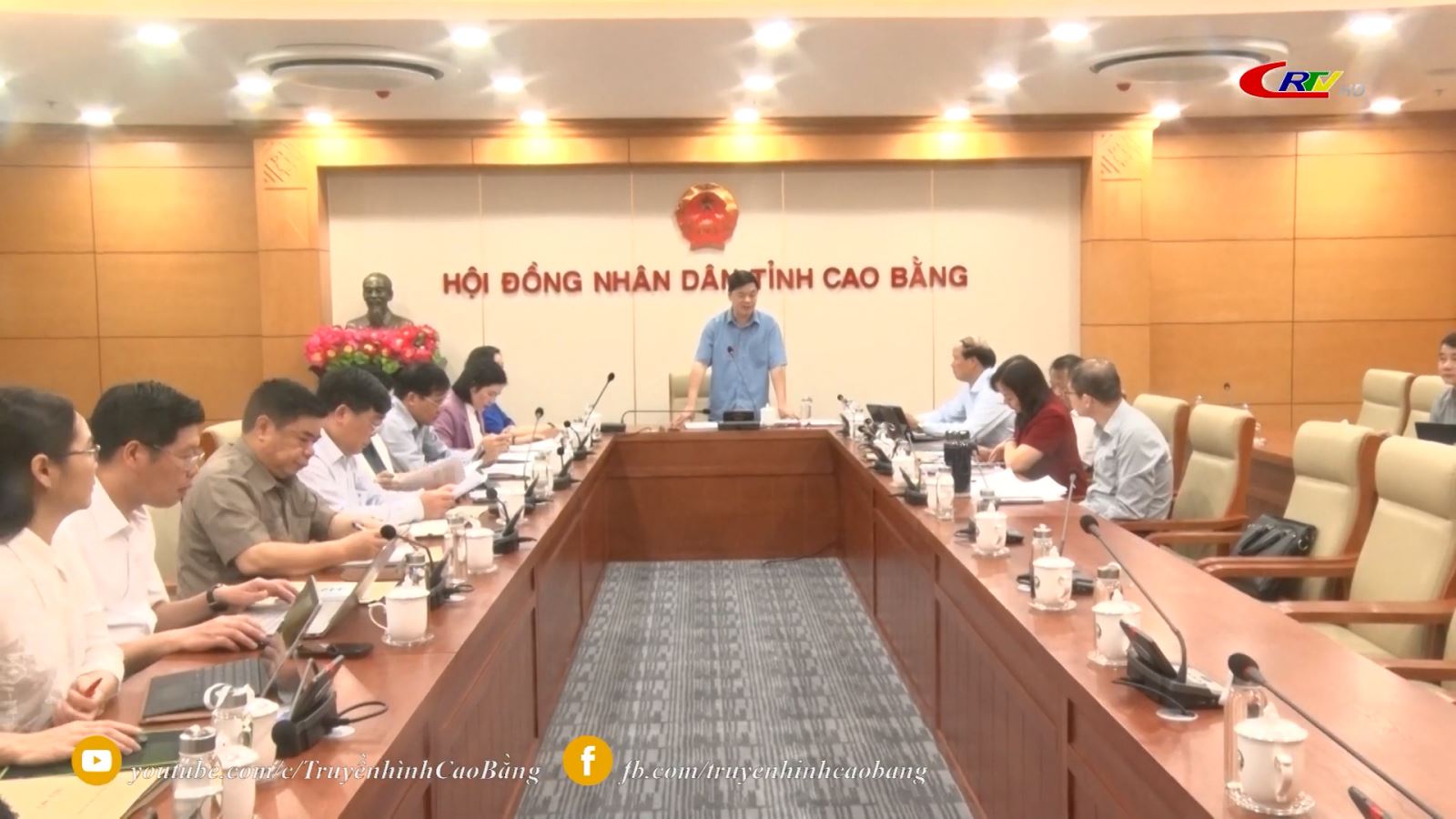
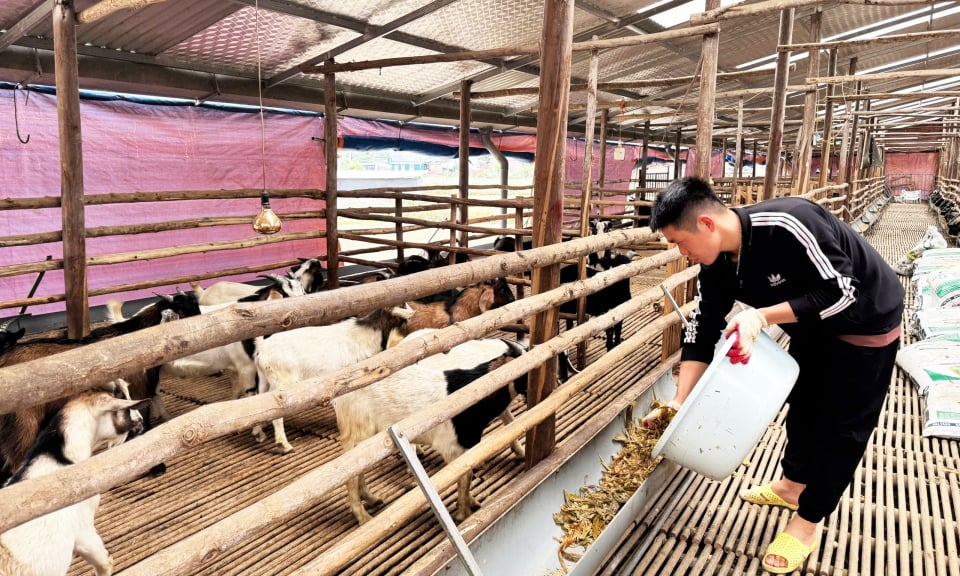








Comment (0)